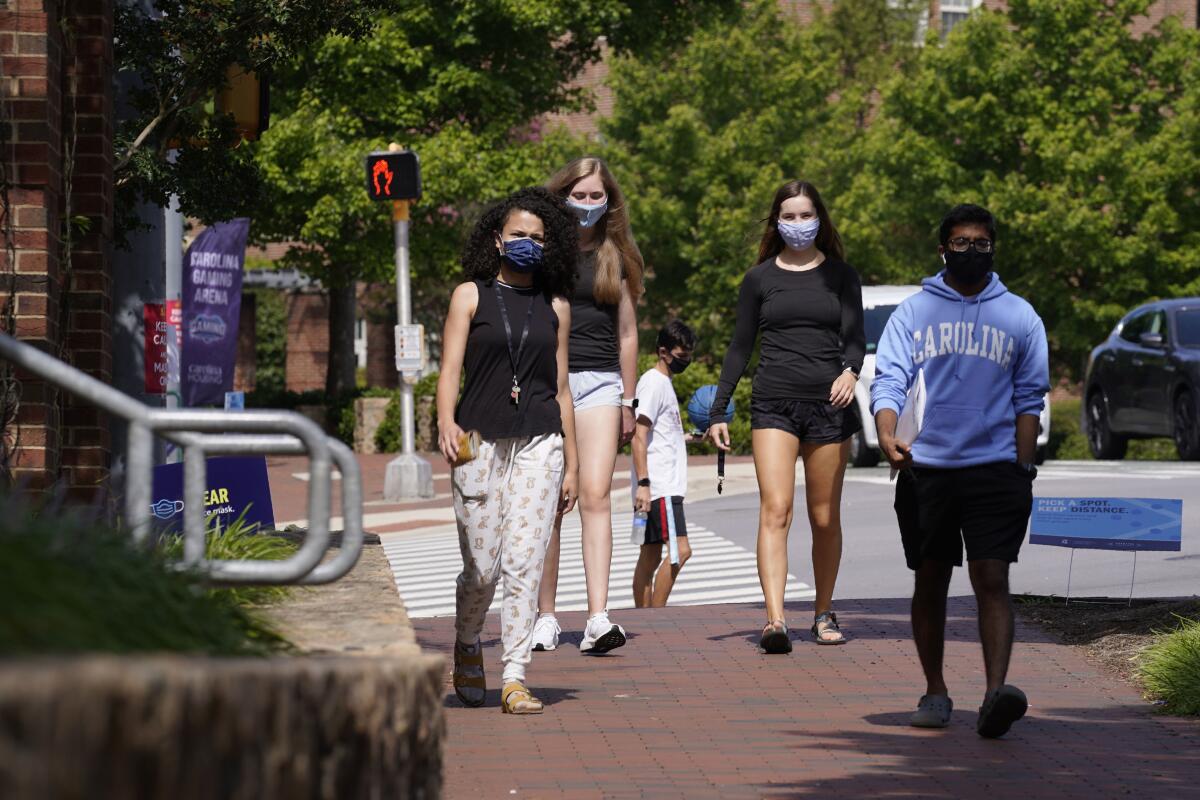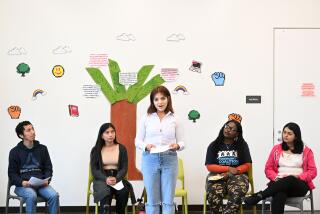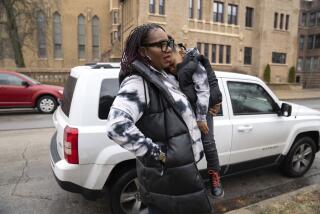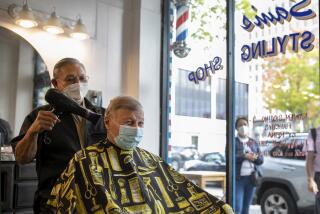Op-Ed: How do you welcome home a college student in a pandemic?

My daughter came home for the holidays. In response to COVID-19, her university had moved up the fall semester to ensure all classes and exams would end before Thanksgiving. That means we are now in winter break.
Were this a standard year, we would have celebrated her return by going out to dinner, perhaps to our favorite neighborhood sushi bar. Instead, the sushi bar was a non-starter, and my daughter marked her arrival by rapid testing for the coronavirus — the results came back negative — and retreating to her room to quarantine. After another negative test, we agreed that she could come out as long as everyone remained masked. After a third, the masks came down.
Those first days, though, when I had yet to spend any real time with her, my wife and I delivered meals and retrieved the dishes when she was done. We washed our hands. (We always wash our hands.) We texted, or talked through her closed door.
Call it the new abnormal. Nationwide, confirmed cases have been skyrocketing. In Los Angeles County, new Safer at Home guidelines are now in effect, and restaurants have returned to pickup and delivery only. University of Washington researchers contemplating the holidays are talking in terms of 2,500 daily deaths nationwide by Jan.1, if we don’t all start wearing masks.
Neither President Trump nor his administration has ever taken the virus seriously, and now, with infections at catastrophic levels, the prevaricator-in-chief holes up in the Oval Office like a mad king, or plays golf, obsessing over a puerile fantasy of voter fraud.
Meanwhile, in the world of facts, families have no choice but to make difficult decisions about how, or whether, to come together. On Nov. 19, the Centers for Disease Control and Prevention issued updated recommendations for holiday travel. “The safest way to celebrate Thanksgiving this year,” the CDC’s Erin Sauber-Schatz announced, “is at home with the people you live with.”
If it were just Thanksgiving break, ours would have remained a household of two: my wife and I. We’d have asked our daughter to stay in her off-campus housing and link in for the holiday meal. We’ve been gathering this way since she went back to school, ordering in and catching up via FaceTime or Zoom. I am something of a lockdown zealot; I work from home and walk, masked, in the early mornings, when it’s easiest to stay away from others. I’ve attended one distanced dinner, with my wife and two other couples, in a backyard, far apart.
My daughter has been careful also, although I know we define that differently. She avoids large gatherings in favor of a bubble of friends. Everyone gets tested often and wears a mask in public.
All the same, I’m filled with trepidation. A month or so ago, when we first started to map out her homecoming, infection rates were relatively stable, and we agreed to certain parameters — including the testing regimen — and a framework for how she would come and go after that. She is an adult and deserves to live according to her own terms. But those discussions have been complicated by the surge in numbers, which has cast everything into doubt.
“I know you’re scared of me,” she said the second morning she was home.
“It’s not you,” I replied. “It’s the virus.”
Still, she’s isn’t wrong. It’s a disruptive feeling — a reminder that the pandemic renders everything tenuous, even the security of home.
The truth is that we’re in uncharted territory, as a family and as human beings. Having our daughter home increases our potential vectors. As my wife and I have navigated the pandemic over the last several months, we’ve come to feel comfortable in our own bubble. Now that bubble has expanded while our ability to control it has contracted.
Risk is a fact of life, especially when you’re raising kids. Every day, I worry. Every evening, I breathe silent good nights into the empty air before I go to bed. Love, I’ve come to realize is — in almost every way that matters — the biggest risk of all. Whatever happens to your sons and your daughters happens to you as well.
That inescapability, I try to explain, is what scares me, but my daughter doesn’t want to spend the whole break sitting in her room. I don’t blame her; we all want out. We all want to see our friends and loved ones. We all want to return to the world. I fret that she will doubt how much I love her, when all I want to do is keep her — to keep all of us — from harm.
But what does that mean anymore? Will any of us ever feel safe again? Even with the vaccine news, it seems hard to imagine.
Which only makes me angrier, because it didn’t have to be this way.
David L. Ulin is a contributing writer to Opinion.
More to Read
A cure for the common opinion
Get thought-provoking perspectives with our weekly newsletter.
You may occasionally receive promotional content from the Los Angeles Times.










